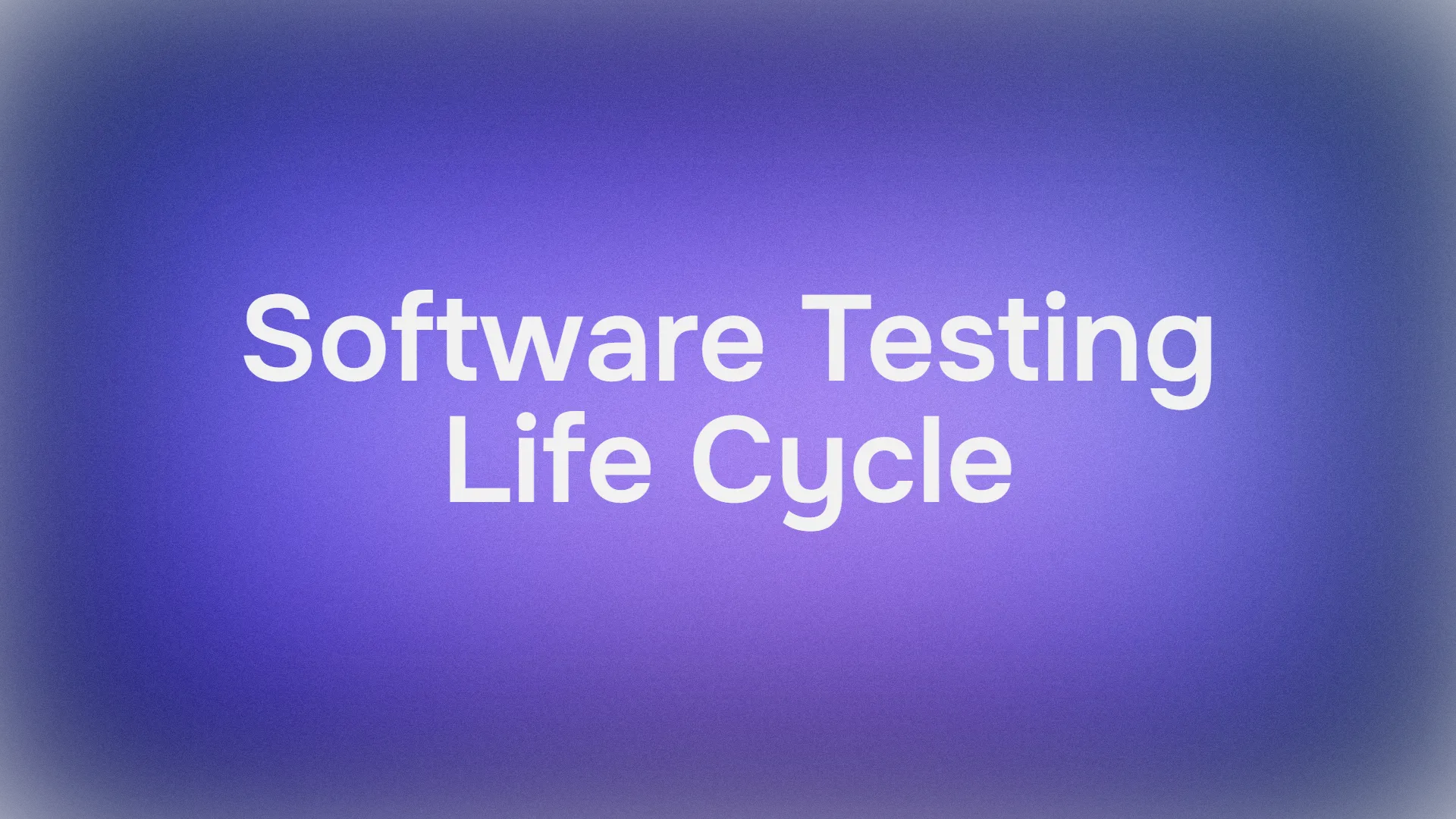Free Movie APIs are web services that expose structured movie and TV metadata you can query from your apps, sites, dashboards, and automation. At their simplest, they let you search by title, person, or ID and fetch details like plot, runtime, ratings, images, and streaming availability. Many also include trending feeds, recommendations, and region‑aware catalogs.
For developers, these APIs remove the heavy lifting of building and maintaining your own media database while keeping information fresh. For product teams, they unlock features that keep users engaged, like where‑to‑watch, watchlists, and personalized picks. For data folks, they provide reliable inputs for analytics and reporting.
Most Free Movie APIs share a familiar shape. You authenticate with an API key, then call REST endpoints returning JSON. Typical patterns include:
- Search by text or filters (title, year, genre, person)
- Lookup by unique IDs (e.g., imdbID, tmdb_id)
- Lists and discovery feeds (trending, popular, upcoming)
- Rich metadata (credits, ratings, posters, backdrops)
- Availability by country and platform (where to watch)
- User features (lists, history, ratings) when OAuth is supported
Popular use cases span multiple roles:
- Developers: build "details" pages, person filmographies, and similar‑title carousels
- Product: add "available on" badges and deep links to streaming apps
- Growth: create SEO pages for long‑tail titles and collections with live data
- Operations: keep editorial and storefronts in sync via scheduled updates
Before you choose, look at coverage, request limits, licensing, and how the data model fits your app. And plan a steady workflow for building on top—this is where a modern API development platform like Apidog keeps the work reliable and fast.
1. TasteDive API
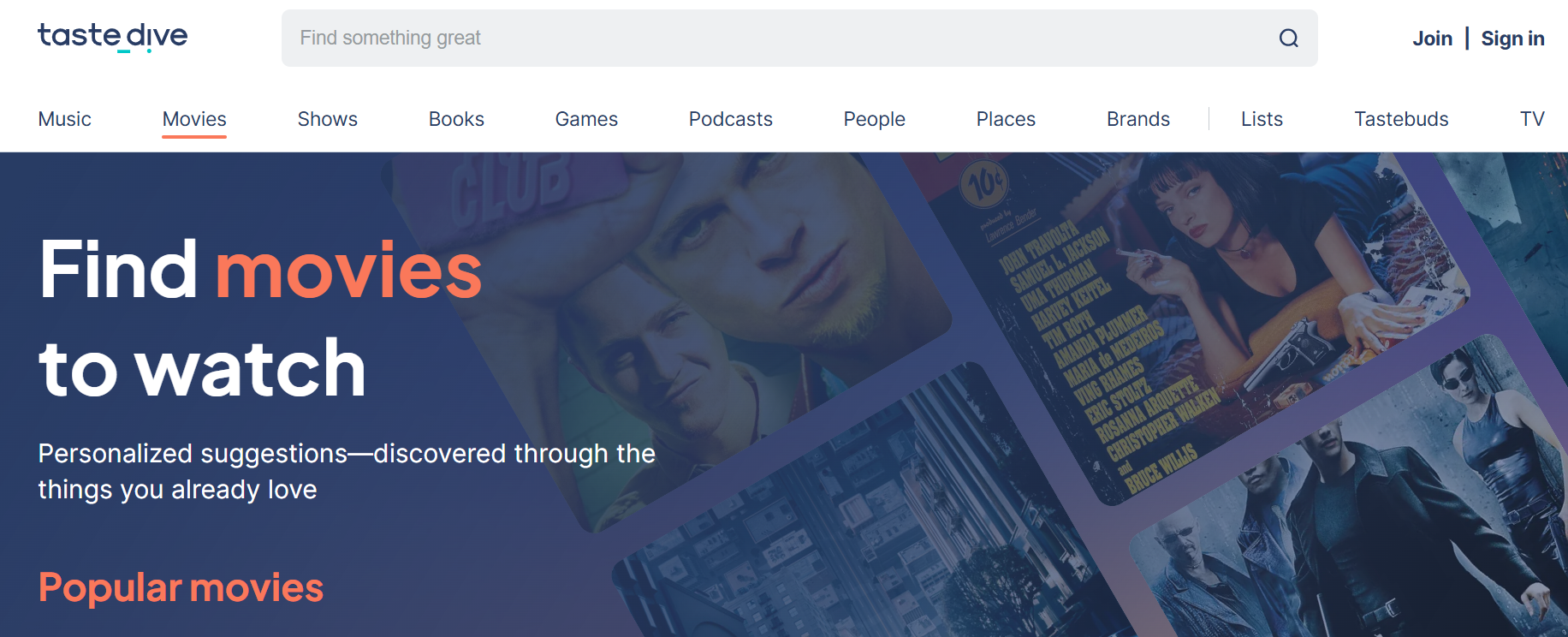
TasteDive API provides content‑based recommendations across movies, TV, music, books, games, and podcasts. You feed a seed (a title or name) to the API and get a list of similar items back. That makes it ideal for discovery modules next to details pages or "because you liked…" ribbons in home screens. Since TasteDive spans multiple media, it is handy for apps that mix film and music culture or want to broaden session depth beyond a single title.
Strengths developers notice:
- Cross‑media suggestions: find adjacent films, shows, artists, or books
- Lightweight JSON payloads for quick UI rendering
- Straightforward query model that is easy to cache and tune
2. OMDb API

The OMDb API is a long‑standing favorite for title, series, and episode data. It is RESTful, returns compact JSON, and supports search by title or IMDb ID. You can pull plots, genres, release data, ratings (IMDb, Rotten Tomatoes, Metascore), and poster URLs. For many hobby and indie projects, OMDb's free tier and straightforward parameters make it a quick win. Paid tiers raise limits and add features if you grow.
What developers like:
- Simple query model (s= for search, i= for IDs, t= for exact titles)
- Helpful fields for cards and list views without extra joins
- Easy image integration via poster URLsTypical uses:
- Power a movie finder with live search and a detail drawer
- Enrich editorial pages with ratings and poster art
- Backfill basic metadata in a CMS pipeline without standing up a crawler
3. TMDb API
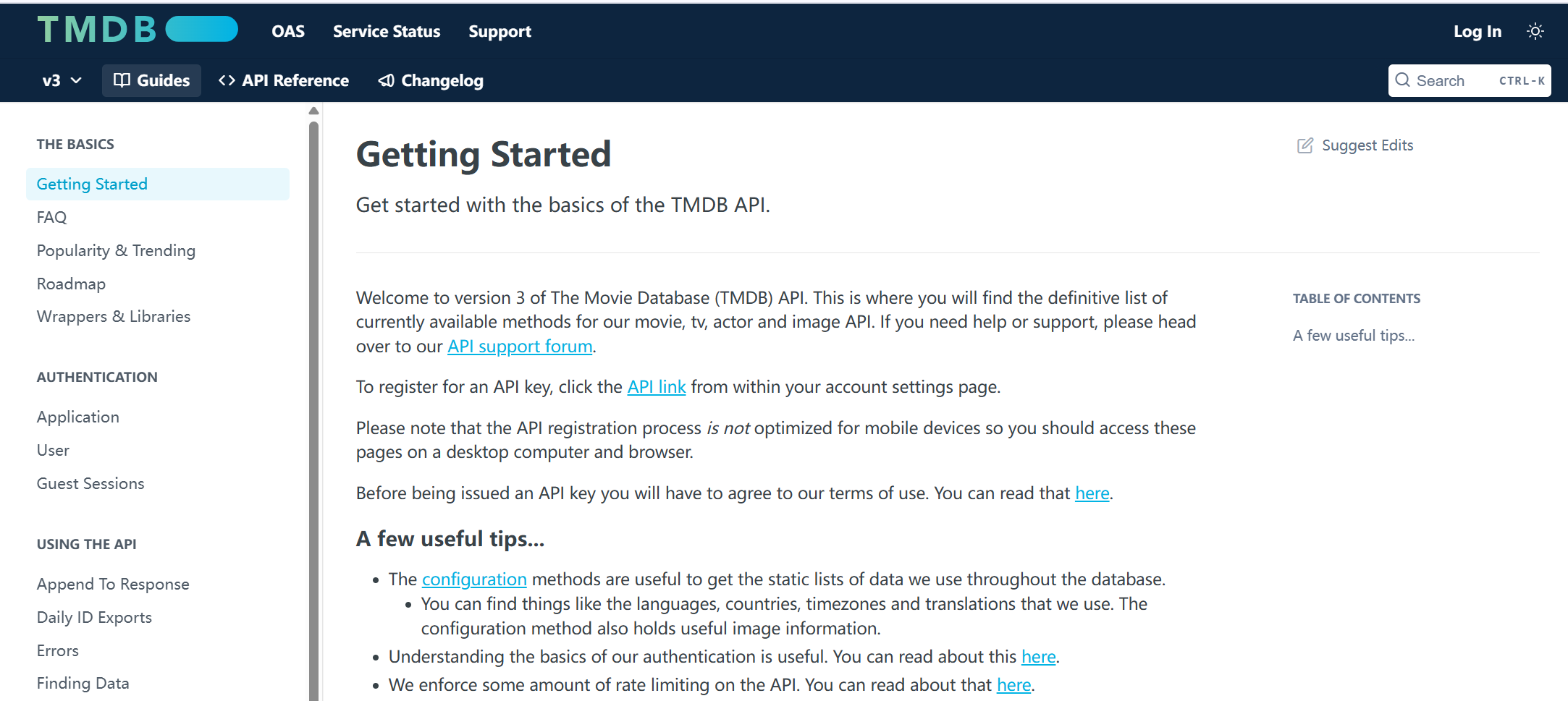
The Movie Database (TMDb) API offers one of the most complete free API ecosystems for non‑commercial use. Beyond detailed metadata for movies and TV, it excels at images (posters, backdrops, profiles), credits (cast and crew), and discovery (trending, now playing, upcoming). It also provides locales and region‑aware configurations, which is crucial for global apps. The documentation and SDKs are mature, and the community maintains helpful resources.
Advantages:
- High‑quality artwork with predictable sizes and base URLs
- Deep credits you can use to build filmographies and people pages
- Discovery endpoints that keep home screens fresh with minimal logicDesign patterns:
- Use configuration endpoints at startup to get image base paths and sizes
- Preload trending feeds server‑side for SEO pages and fast first paint
- Store person IDs to link careers across titles without fuzzy search
4. Trakt API
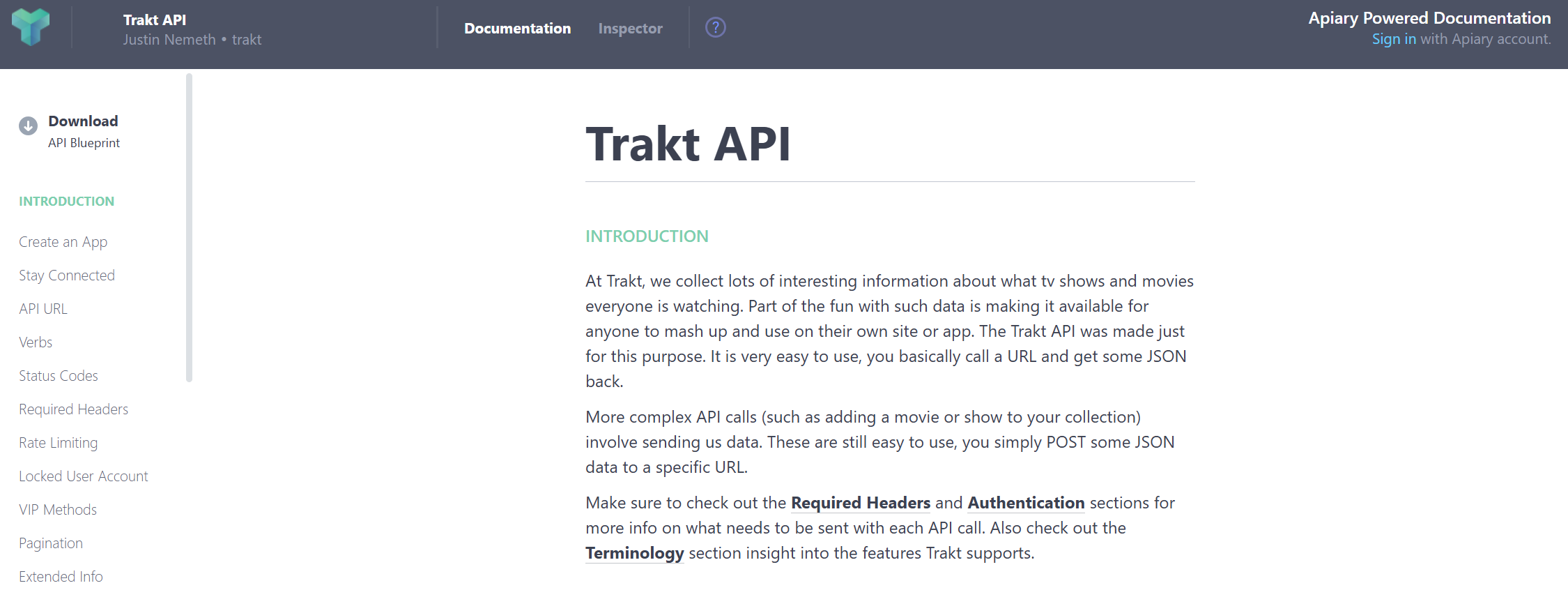
Trakt API brings user‑centric features—watch history, ratings, lists, and recommendations—into your app. It is a REST API with OAuth for user scopes. If you want to power "continue watching", social lists, or personal stats, Trakt saves you from building the entire user data layer. It also unlocks interesting engagement loops, like syncing to a user’s Trakt profile or pulling weekly charts.
Why teams adopt it:
- Ready‑made models for lists, history, and ratings
- Social features and charts that increase session depth
- Solid webhooks and integrations via third‑party automation tools
5. Watchmode API
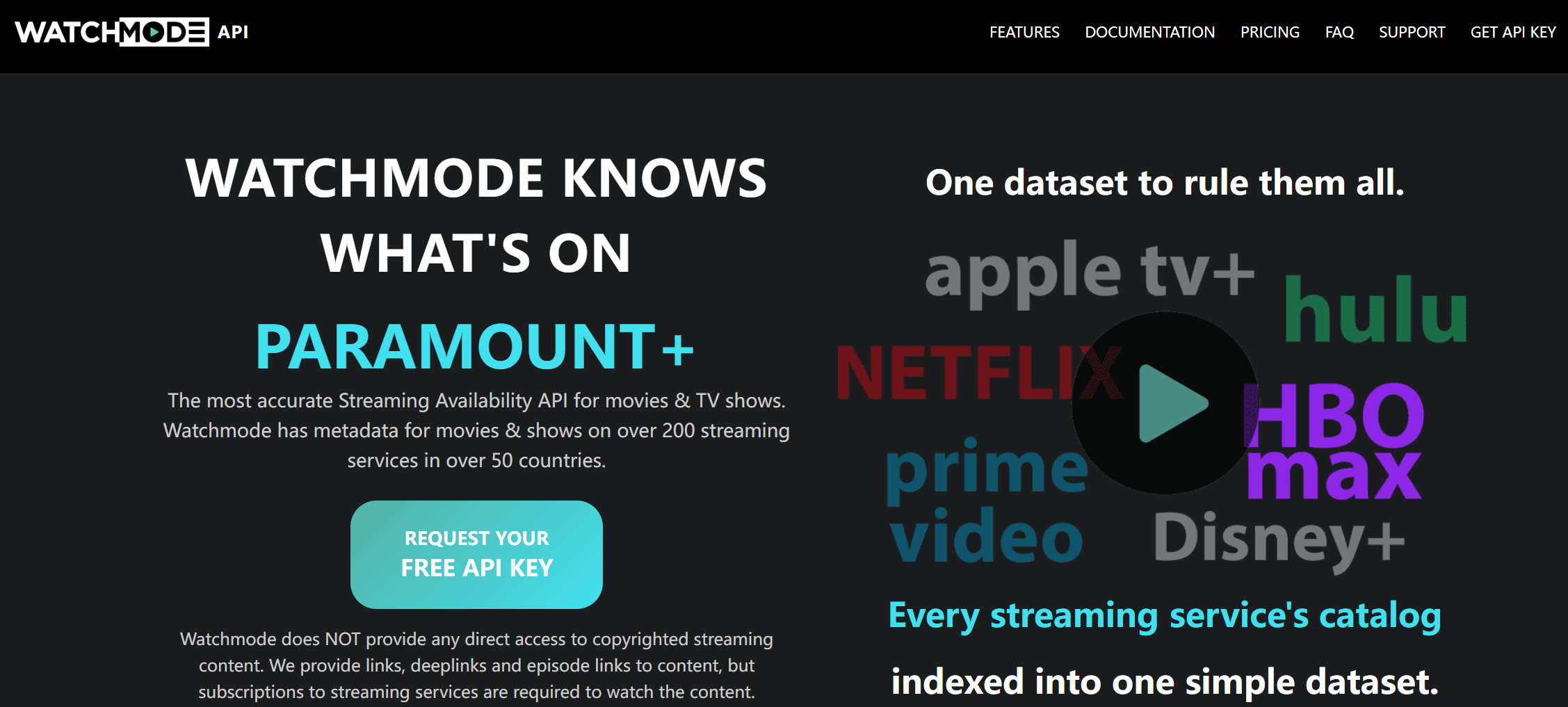
Watchmode API focuses on streaming availability and deep linking, answering the question, "Where can I stream this now?" It maps titles to platform catalogs and surfaces country‑specific availability, sometimes down to season and episode. For apps that earn trust by showing accurate, current availability in a user’s region, Watchmode fills a painful gap.
Strengths:
- Platform and region filters to tailor results for each user
- Deeplinks that launch native streaming apps on iOS and Android
- Search and metadata you can join with your existing title store
6. Simkl API
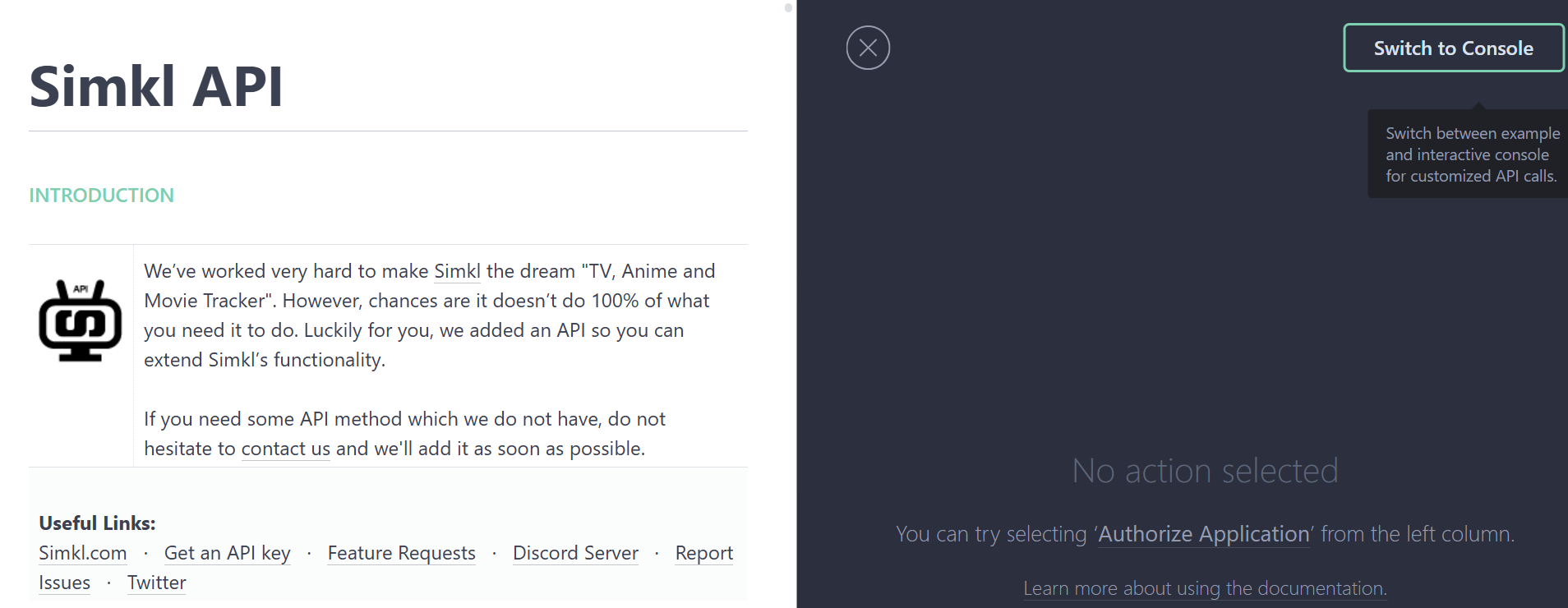
Simkl API exposes a broad catalog for movies, TV, and anime, plus user tracking features. It is well suited for apps that need watchlists, history, and content recommendations without building a full user data service. It also plays nicely with media servers, making it flexible for power users.
Developer‑friendly traits:
- Detailed title metadata across formats (movies, series, anime)
- User lists and ratings you can sync to keep profiles portable
- Discovery and trending lists for easy home screen content
7. IMDb API
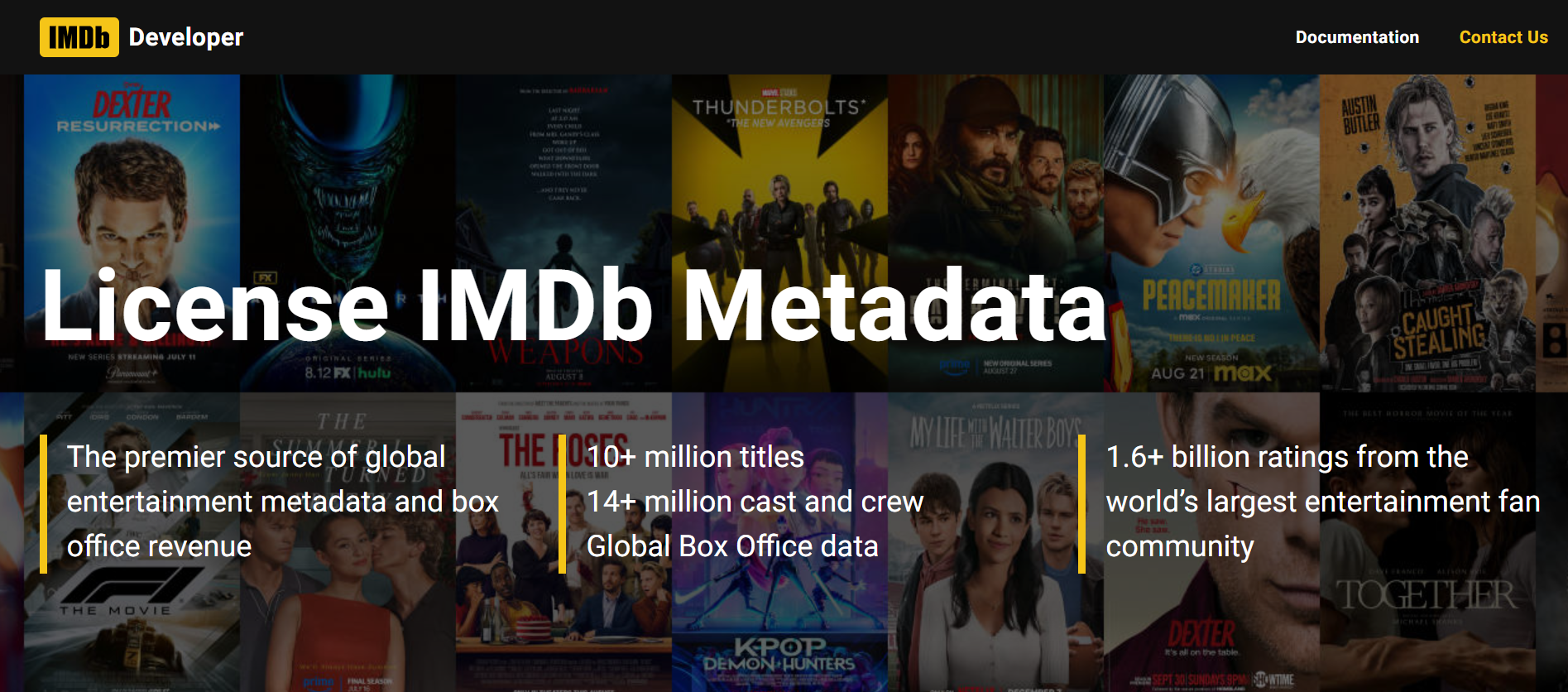
The IMDb API provides comprehensive entertainment metadata via AWS Data Exchange and a GraphQL model. It includes films, TV, games, credits, plots, ratings, reviews, and box office (Box Office Mojo). It is ideal for enterprise and analytics use cases, where breadth, freshness, and performance matter. While not fully “free” in every context, free tiers, trials, or partner access may exist; check current terms.
Notable aspects:
- GraphQL lets you request only the fields you need, reducing payload size
- Standard structures make data easy to parse and join in downstream systems
- Real‑time access updates your UI and dashboards quicklyUse cases:
- Power editorial workflows and production dashboards with live facts
- Run content performance analysis using ratings and box office trends
- Enrich your catalog with verified credits and alternate titles
Conclusion
Free Movie APIs give your teams a head start: accurate metadata for titles and people, discovery feeds, region‑aware availability, and user‑centric data like lists and history. The best providers balance coverage, freshness, and clarity. Your job is to stitch them into a product experience that is fast, correct, and durable under change. That demands a steady path from design to tests to docs.
As an API development tool and API development platform, Apidog keeps your contract clean, your tests reliable, and your documentation readable.
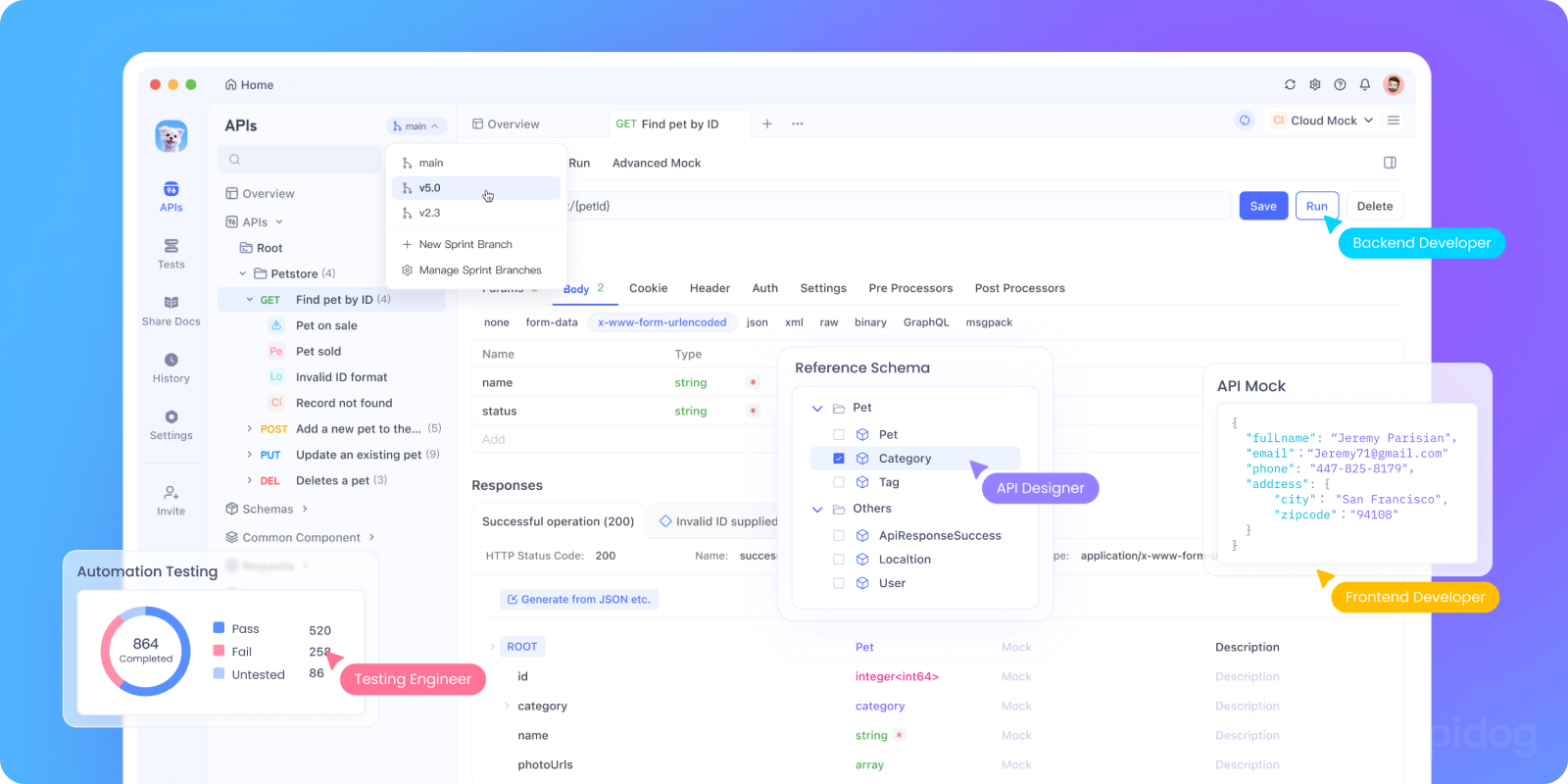
- Visual designers cut setup time.
- Mock servers unlock parallel work.
- Automated tests catch regressions before they ship.
- Live docs—with access controls and LLM‑friendly outputs—help both humans and AI assistants succeed.
- Tie this together with versioned environments and you lower risk while increasing delivery speed.
If you are starting today, pick one or two Free Movie APIs that match your must‑have features—images and credits from TMDb, where‑to‑watch from Watchmode, and simple basics from OMDb are a strong trio.
Model them in Apidog, write scenario tests that reflect real user flows, and publish docs for your client teams.
When you are ready, add personalization via Trakt or Simkl, and consider enterprise data from IMDb. With Apidog as your backbone, you will move quickly and keep quality high—so your product can stand out without wrestling the plumbing.



